India had to wait until the 13th day of the Paris Olympics to secure a medal higher than bronze, with flag-bearer Neeraj Chopra’s silver in the men’s javelin sending a wave of celebration tinged with relief through the medal-starved country.
India sent a contingent of 117 athletes to Paris, yet have a paltry haul of five bronze medals and Chopra’s solitary silver to show for it. They rank 71st in the medals table, below the likes of Hong Kong, Taiwan, North Korea, Cuba and Saint Lucia – a Caribbean island of just 180,000 people.
It’s a disappointing return to the norm for a country that registered its best-ever performance at the last Games in Tokyo in 2021: seven medals, including one gold. For the most populous nation on Earth, a sports-mad country of 1.4 billion which also boasts the world’s fifth largest economy, it’s a record as frustrating as it is puzzling.
India have won just two golds in the last three decades: the men’s 10m rifle shooting at Beijing 2008 and Chopra’s javelin heroics three years ago. Until Tokyo, it had won a grand total of 28 medals across 36 Olympics, the same tally as the individual record of American swimmer Michael Phelps.
Speaking to The Independent, experts and former Indian Olympians explain that there’s no one quick fix that could bring the country a gold rush at Los Angeles 2028. Widespread poverty and malnourishment remain serious issues preventing millions of young people from reaching their sporting potential – but there is also a chronic lack of investment even at the elite level in the country.
After star wrestler Vinesh Phogat’s dramatic disqualification earlier this week, when she failed to make the weight for her women’s 50kg final, India’s sports minister Mansukh Mandaviya sparked controversy by defending the government’s 7.5 million rupees (around £75,000) expenditure on Phogat’s training and support team. This would be a drop in the ocean compared to the amounts being spent on wealthier nations’ top medal hopes, or indeed the vast sums flowing around the Indian Premier League (IPL), the wealthiest cricket league in the world.
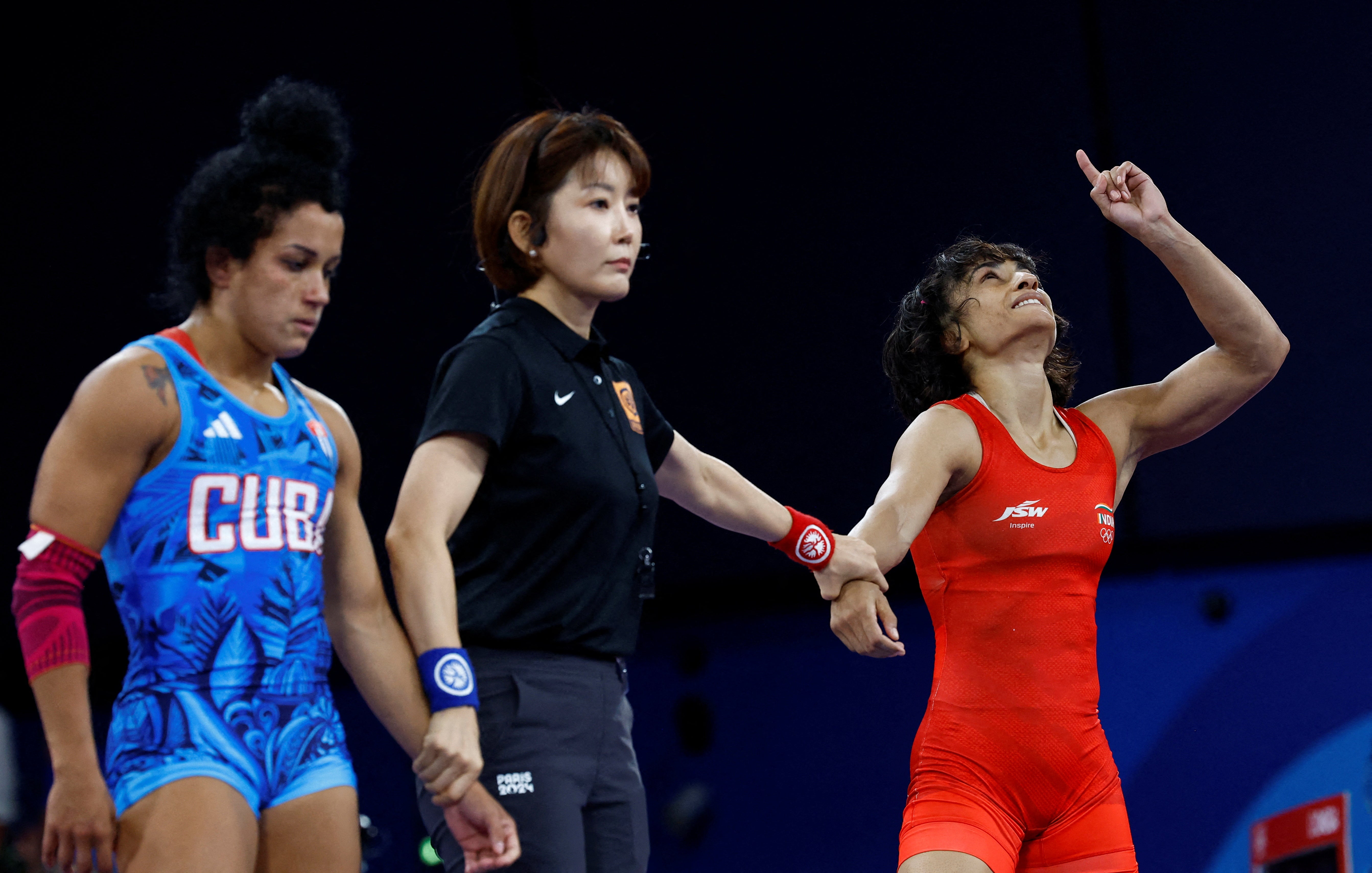
An increase in investment is needed from the grassroots up, says former Olympian Dipa Karmakar. Athletes need to be provided the right resources over the long term, she says, not just for the few months running up to major competitions.
“Simone Biles pulled out of the Tokyo gymnastics finals to deal with her mental health but she still had consistent investment for three years. Here, players are given resources for three or four months once they qualify for the Olympics,” says the gymnast, who came fourth at the Rio 2016 Games.
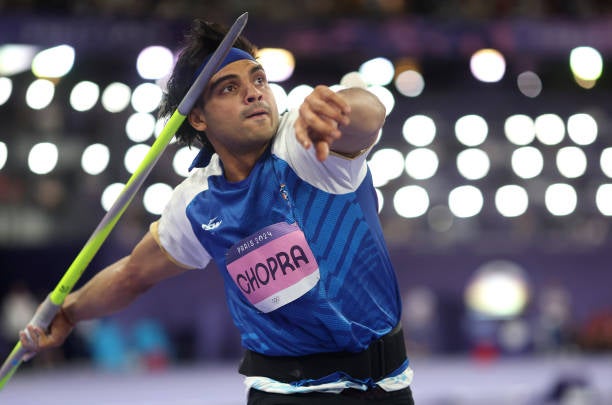
“If our players receive such resources from a year or two before, our medal count might increase.”
Karmakar, the first Indian female gymnast to compete at the Olympics, says “it is a very tough journey” for a gymnast going from playing locally to competing at a state level, then national and international.
“I didn’t have any infrastructural support when I started out. It was only after 2016 that I got a foam pit and good equipment,” Karmakar tells The Independent.
Tripura, her home state in India’s remote northeast, is some 2,400km from the national capital. “I would travel to Delhi for training camps,” she says. “Now, there is infrastructure here in Tripura as well.”
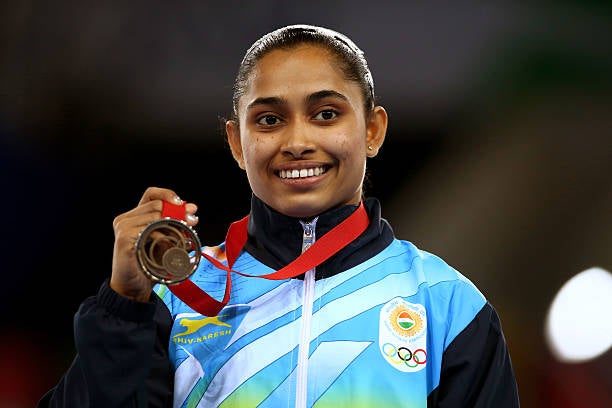
Nobel laureates Abhijit Banerjee and Esther Duflo point to high malnutrition as a significant contributor to India’s Olympics underperfomance, and urge the need for better investment in the health sector as a whole.
“Of course India is poor but not as poor as it used to be, and not nearly as poor as Cameroon, Ethiopia, Ghana, Haiti, Kenya, Mozambique, Nigeria, Tanzania, and Uganda, each of which, per head, has more than 10 times India’s medal count,” the economists note in their book Poor Economics.
India’s stunting and wasting figures are devastating. At 18.7 per cent, according to the Global Hunger Index of 2023, the south Asian country has the highest child-wasting rate in the world, reflecting acute undernutrition. Even war-torn and famine-stricken Yemen (14.4 per cent) and Sudan (13.7 per cent) fare better.
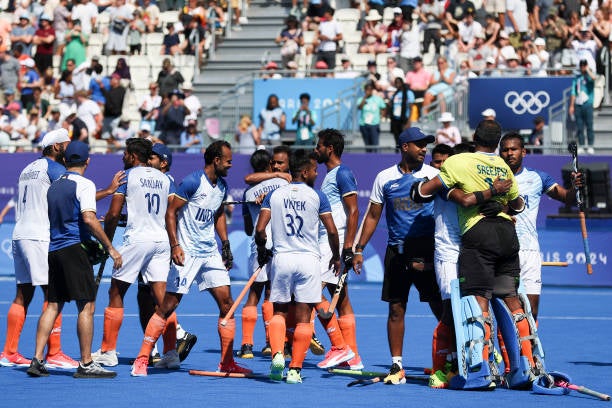
There has been some increase in investment in sports in recent years with the lion’s share going to the Khelo India (Play India) programme launched by the Narendra Modi government in 2017, says Ronojoy Sen, senior research fellow at the National University of Singapore’s Institute of South Asian Studies.
“The overall budget for the sports ministry increased to Rs 34.4bn (£320m) this year from Rs 33.9bn (£310m) in the previous financial year,” he tells The Independent.
“I think India’s government investment in sports is much higher than most developing countries but of course, it is for a much larger population too.”
The impact sustained investment can have is noticeable in some sports that have received more attention, such as field hockey, a sport in which India won a second straight bronze at Paris after ending a 41-year medal drought at Tokyo.
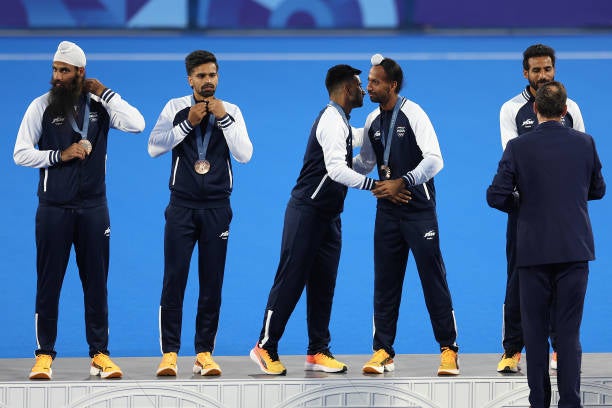
India once dominated hockey, winning a record 11 Olympic medals, including eight gold, in the sport until 1980. A steady decline over the following quarter century reached a nadir in 2008 when it did not even qualify for the Beijing Games.
The embarrassment sparked a process of rebuilding that culminated in a bronze medal at Tokyo, says former hockey goalkeeper and coach AB Subbaiah.
“Everybody worked very hard to win but we never had scientific support behind us,” he tells The Independent. “When to peak, when not to peak and how much training we have to take to prevent injury. Now scientific approaches have been introduced.” There is a physio now, a dietician, mental trainer, scientific adviser and analytical coach, he says.
“If you are building champions, you need to support them in every area. The players should be only thinking of going and giving their best on the ground.
“The manager has to take care of his players, visas, passports, travel plans, everything,” he says, drawing a contrast with his days playing for India between 1988 and 1998 when managers would sometimes “take support from players to carry their baggage”.
The change came about, he says, when the old Indian Hockey Federation was disbanded in 2008 and replaced with Hockey India.
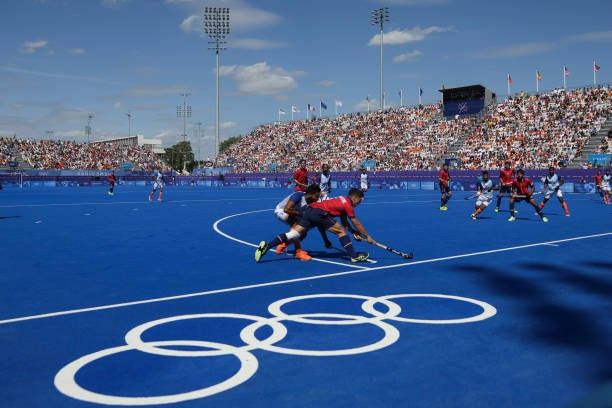
As an example of poor sporting administration in India, Karmakar recalls how she missed the last Asian Games in Hangzhou, China, last year.
“I did not face a lot of politics but there was an administrative problem during the last Asian Games when we were informed about the criteria after the trial,” she says. “As a result of which I could not go. And this despite securing the first spot during the trials.”
The federal sports ministry had informed the Gymnastics Federation of India that only two of its nine qualified athletes met the selection criteria for the Games.
“We were sent the criteria for qualification after seven or eight days of the trials,” the gymnast says. “If the administration had been more proactive, I would have received the criteria ahead of the trials, not a week after.”
At the Paris Games, Phogat’s dramatic exit has shone a spotlight on what critics have decried as the lack of support from sports administrators who were supposed to look out for her.
Phogat was guaranteed to win at least a silver medal, and had a good chance at gold, before she was disqualified on the morning of the final for coming in overweight – by as little as 100 grams, according to some reports. Officials said she tried to cut weight through the night before the final, cycling and running, but to no avail.
“I am surprised and I feel very bad for the athlete,” says Subbaiah. “I’m also surprised that she was training the whole night. Without eating, I mean that could have been life-threatening. The support staff and coach should have taken a little more care.”
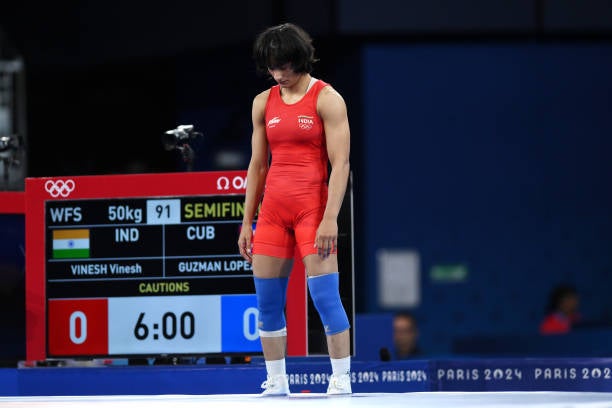
Phogat’s journey from Delhi to Paris was itself wrought with challenges. She wanted to compete in the 53kg category but a younger rival, Antim Panghal, had claimed the spot, SportStar reported.
When Vinesh sought a trial to determine who should be given the spot in her preferred weight category, the wrestling federation, with which she had locked horns while leading a street protest against its then chief over sexual abuse allegations, denied the request.
It meant competing in the 50kg category was her only chance of going to Paris.
Panghal, who was sent to compete in the 53kg, was deported from Paris on Thursday following a “disciplinary breach” by her entourage, including younger sister Nisha. She had already been knocked out in her quarter-final bout a day earlier, losing 10-0 to Turkey’s Zeynep Yetgil.
The Independent contacted India’s chef de mission in Paris, Gagan Narang, with a detailed questionnaire. He did not respond.
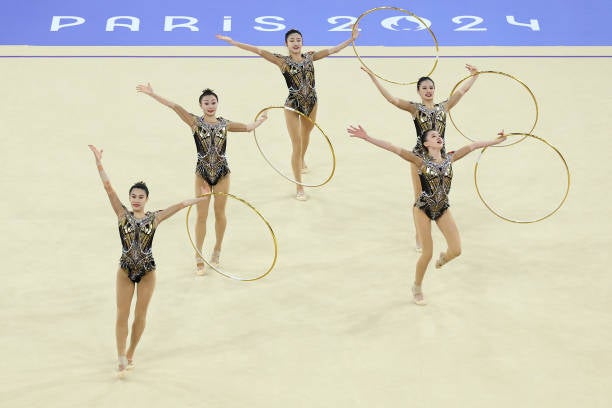
India’s sustained underperformance in sports stands in stark contrast to China, the country it overtook in terms of total population around mid-2023 according to the UN.
“I think there are different reasons for different underperformances,” says Rahul De, associate professor at Azim Premji University and host of the podcast series Economics of Khel which looks at the business of sporting subcultures.
“The first is, if you look at which countries dominate the Olympics, winning the most medals, you have nations that have historically invested a lot in sports,” he says.
Then there are countries such as China and Qatar which see winning sports medals as being important to their global brands.
“China is well known as almost a factory production where they identify children from the age of four and five years, and put them into public hostels and in training,” he says.
“So it is kind of strange, they have ignored some sports that are popular while focusing on those that they have better chances winning, even if those sports have no fans.”
Gymnastics, he points out, is one sport that receives high investment.
China has more than 2,183 state schools that train children as young as five to groom them for the Olympics, Reuters reported in 2016.
Calling China’s approach “authoritarian”, De says there are very few countries that can emulate such a system which also significantly limits access to sports for the general public.
India cannot take such an approach, he says, partly because the country’s system of devolved powers to state government makes it harder to roll out such a rigid policy nationwide.
But there is also no indication that the Modi administration sees it as a budget priority to do so. Considering “the amount of investment you need, the government has never allocated that much”, he says.
The message appears to be that if India is to turn around its fortunes at the Olympics, it will have to be through improving health and welfare across the board – rather than a sudden influx of investment in elite sports from the government.

